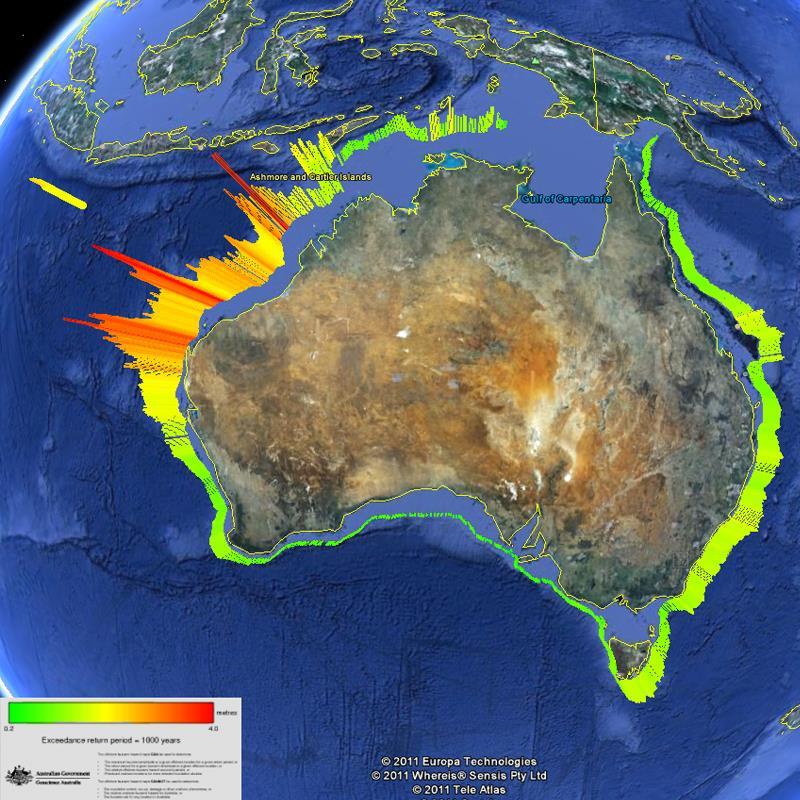
PUBLICATIONS
Published works

Community understanding of tsunami risk and warnings systems in Australia: final project report 2017
| Title | Community understanding of tsunami risk and warnings systems in Australia: final project report 2017 |
| Publication Type | Report |
| Year of Publication | 2017 |
| Authors | Paton, D, Johnston, D, Rossiter, K |
| Document Number | 245 |
| Date Published | 02/2017 |
| Institution | Bushfire and Natural Hazards CRC |
| City | Melbourne |
| Report Number | 245 |
| Abstract | The Eastern Australian coastline faces some 8,000km of active tectonic plate boundary that is capable of generating tsunami that could reach Australia in 2-4 hours. Australia also faces risk from events occurring in the Indian and Pacific Oceans, with warning times of some 4-8 hours. In New South Wales; some 330,000 people are living at or below a height of 10 metres above sea-level and within 1km of the coast or a coastal river. Recognition of this risk promoted the development of the Australian Tsunami Warning System (ATWS). The effectiveness of a warning system is a function of its ability to detect a threat, issue a warning, and facilitate timely and effective action in those at risk. This project adopted a qualitative approach to assessing people’s view about tsunami warnings and their ability to act on them. Interviews with volunteer, community, and maritime groups and organizations revealed that tsunami are perceived as a non-existent or very low probability event throughout Australia. A belief that no tsunami events had occurred in Australia (at least since colonial times), that major causes (e.g., seismic, volcanic) were absent, and a lack of regular government (local and national) and media discussion of tsunami reinforced this view. Consequently, the predominant belief about tsunami was characterized by risk rejection. Risk rejection resulted in respondents believing that no resources or effort should be directed to tsunami risk reduction strategies. Rectifying this view involves more than training. The research discussed the availability and use of the “Tsunami: The ultimate guide” resource. With the exception of those respondents who had had some involvement in its development, those interviewed were largely unaware of its availability. This was more a function of the fact that tsunami are not a high profile hazard in school curricula. When made aware of the Guide, the consensus was that it appeared to be a useful resource. The uptake of the Guide will be influenced by the degree to which tsunami are seen as a phenomenon that makes a significant contribution to the Australian hazard-scape. The availability of the Guide means that it can be used to complement a risk acceptance strategy (see above) and ensure that community members and schools have ready access to an informative resource to support local risk reduction planning and actions. |
Published Works


